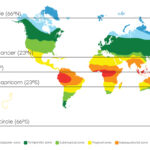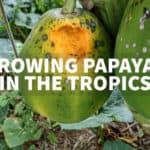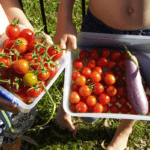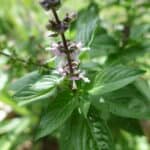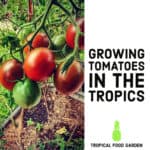Tropical fruits are those fruits grown in the tropics, in hot climates either side of the equator, between the Tropic of Cancer and the Tropic of Capricorn. The tropics generally have a tropical equatorial or tropical climate and popular tropical fruits include bananas, mango, jackfruit, soursop, pineapple, carambola (star fruit), pomelo, lychee, papaya, pomegranate, and rambutan.
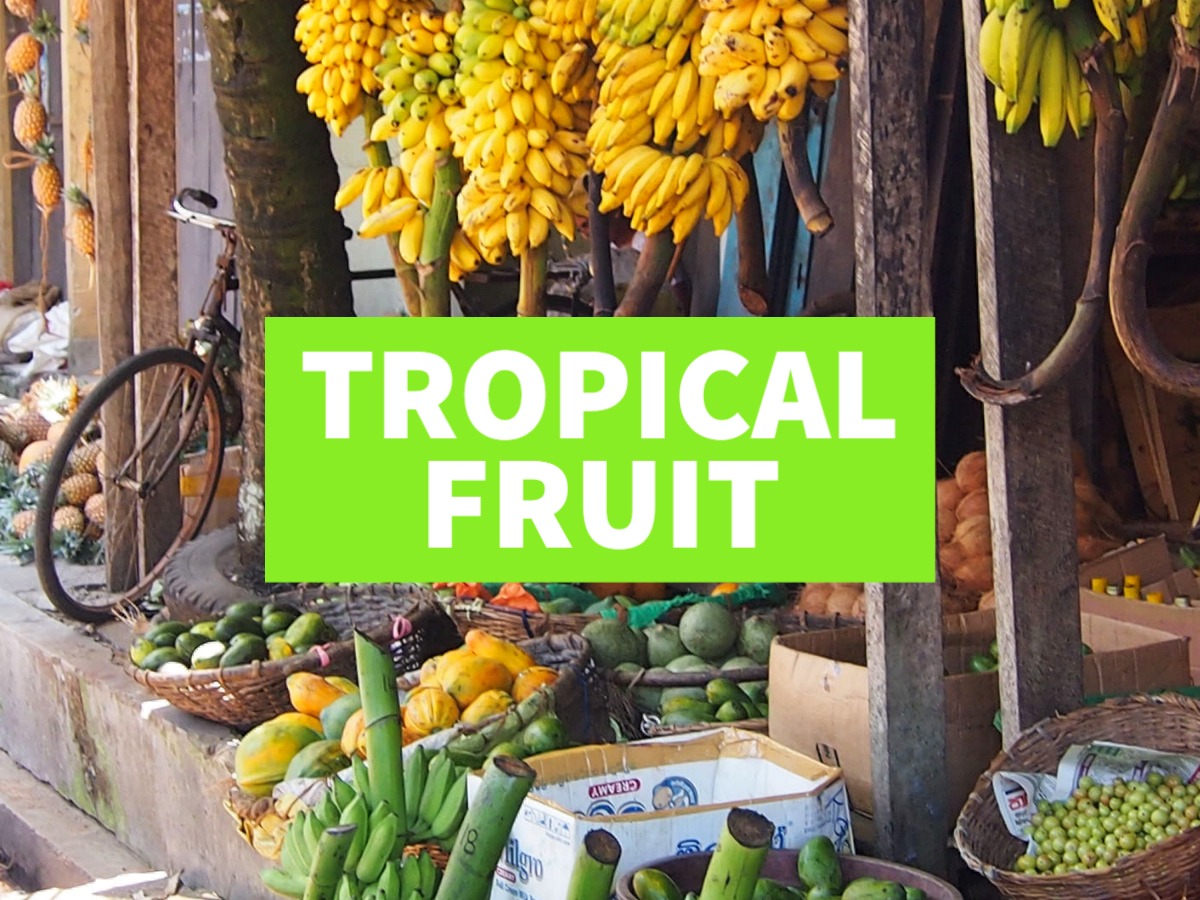
Many fruits which can also be grown in cooler temperate or Mediteranean climates can also be grown in the tropics, so fruits such as lemons, limes, oranges and grapefruits can also be classed as tropical fruits. A grapefruit is a hybrid of a pomelo and this tropical fruit is native to Southeast Asia.
Kiwi fruit, is often mistaken for a tropical fruit, it requires a very long growing season (over 200 days) and no frost, but it does need a cold period to set fruit, so it’s not grown in the tropics, it is semi tropical and commonly grown in China and New Zealand, neither country is in the tropics.
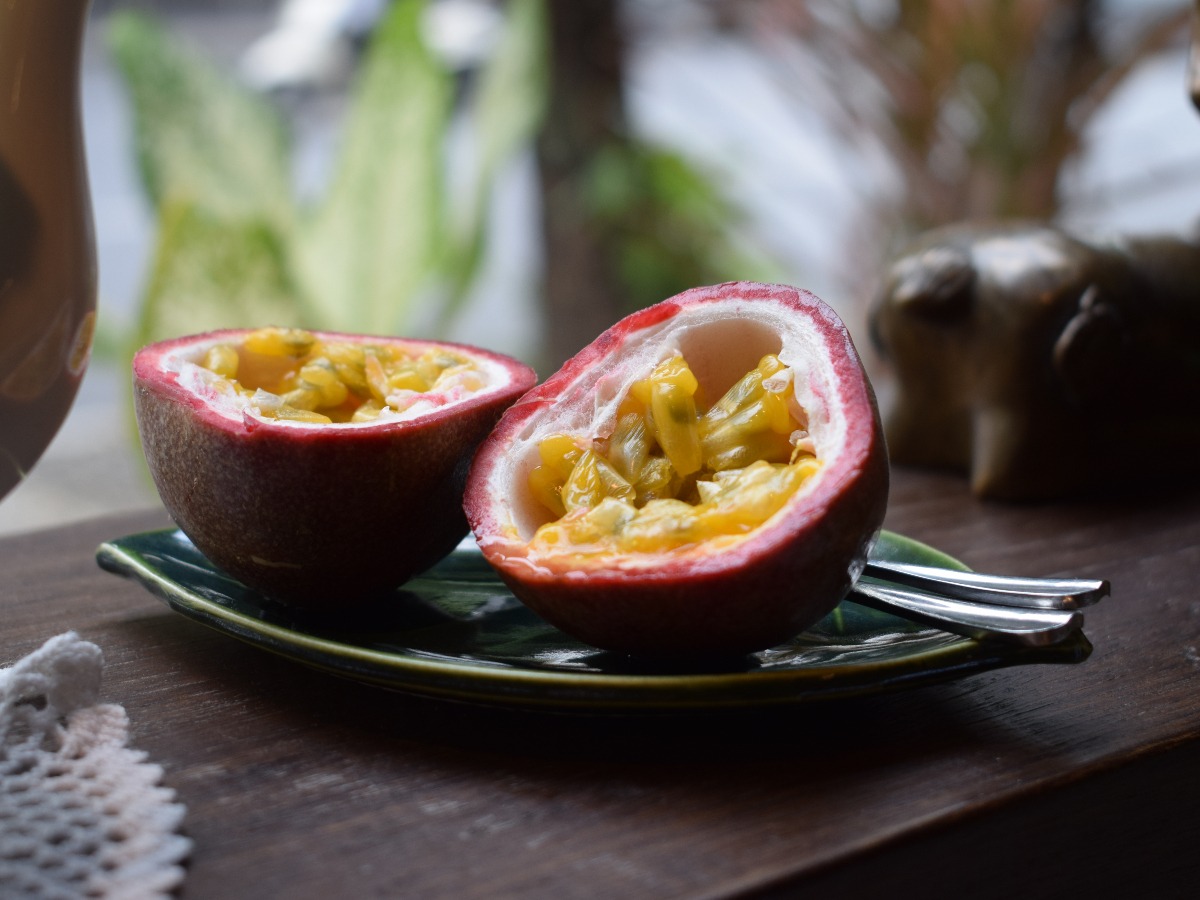
Pomegranates can be grown in the tropics but pomegranate plants actually do better in a cooler climate or at elevation in regions with hot dry summers. They are normally considered to be tropical fruits but a tropical wet summer is less than ideal. We grow pomegranates in our garden in the tropics.
This page is about tropical fruits, buying, eating, growing and preserving tropical fruits, seasonality, serving, and types of popular and unusual tropical fruits. We have a separate post on fruits you can grow in a tropical climate and gardening with tropical fruits and fruit trees.
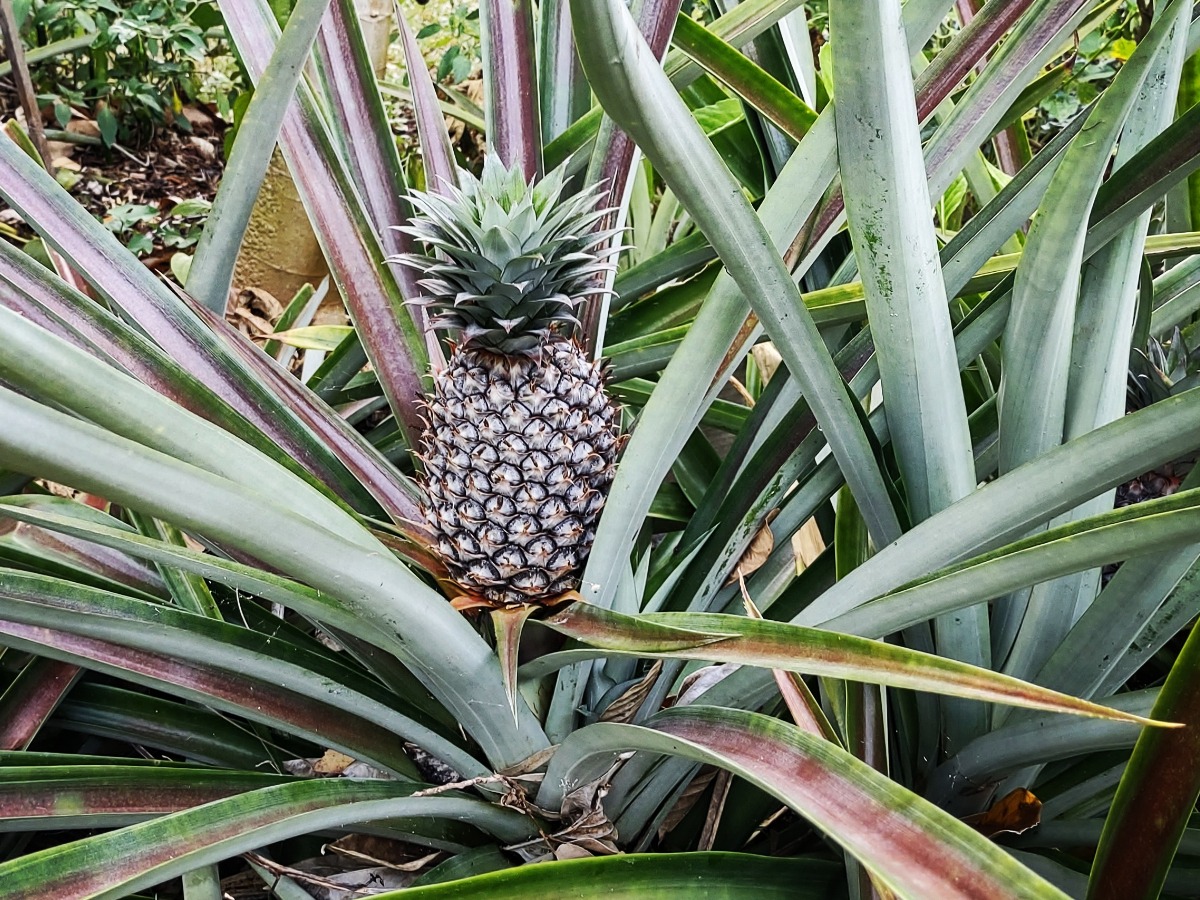
Tropical fruit trees can produce a huge amount of food and certain tropical fruits (for instance papaya in Asia / the US or pawpaw in Australia) are some of the best food plants you can grow in the tropics.
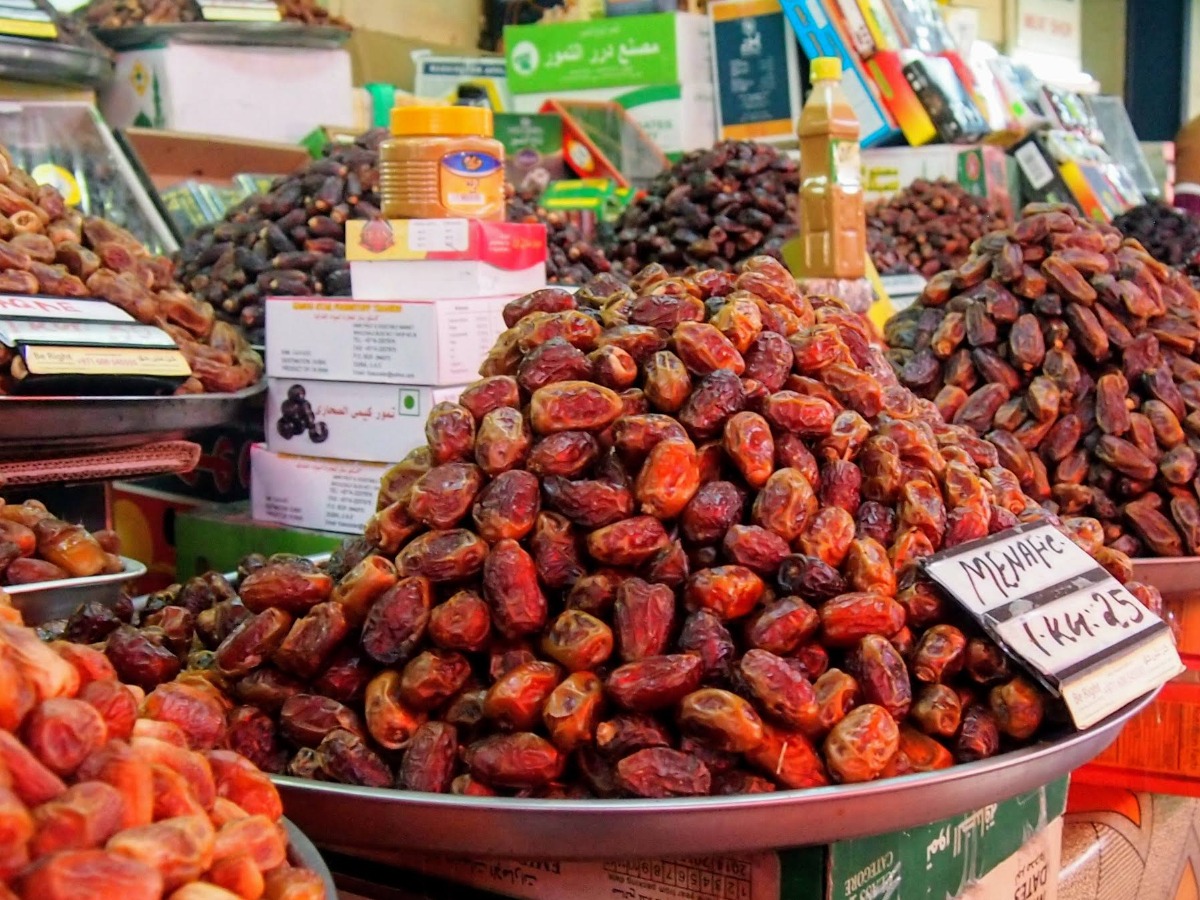
What’s The Most Popular Tropical Fruit in the World?
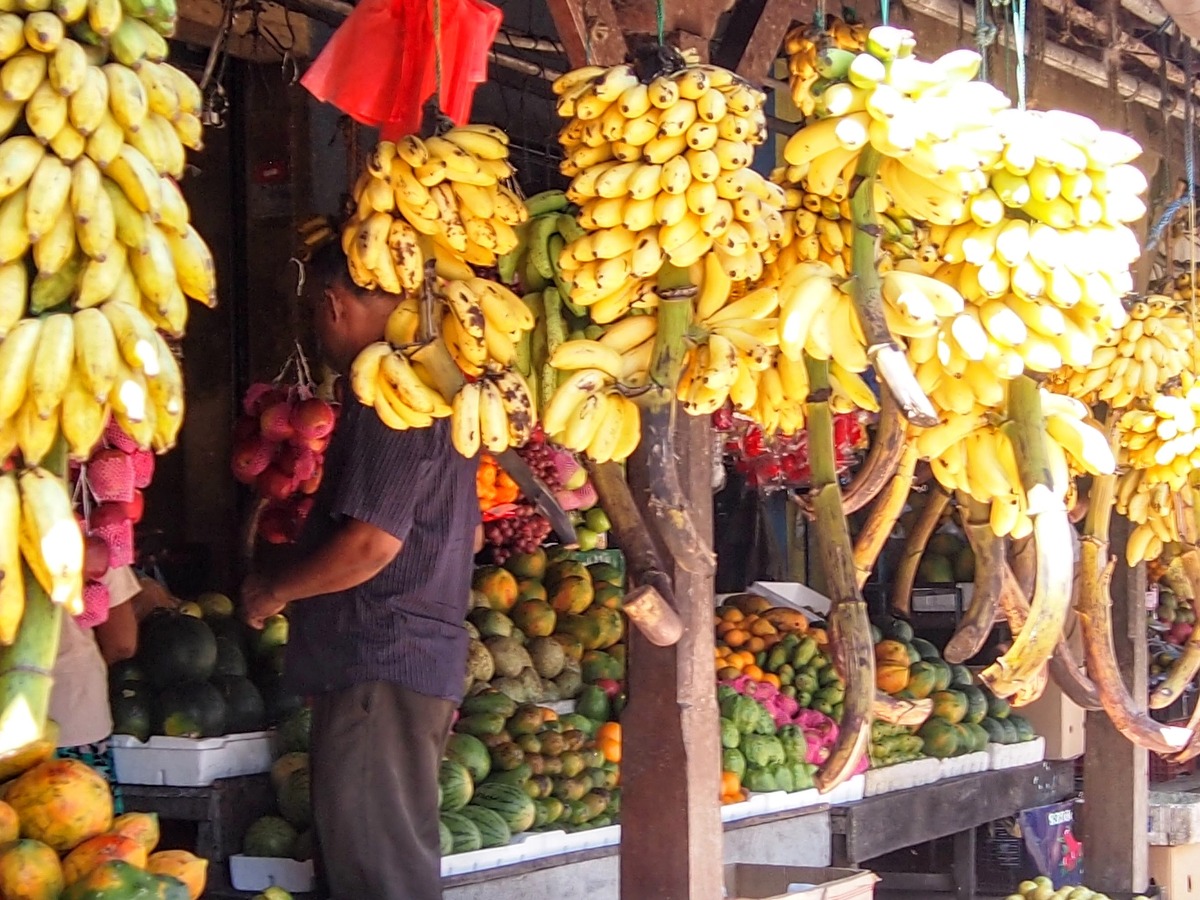
The banana is not only the most popular tropical fruit in the world, it is also the most popular fruit in the world.
As bananas are a tropical fruit this means your bananas have often travelled long distances to appear on your supermarket shelves. If you live in a tropical climate you can grow bananas easily in your garden, or even in a very large pot.
The average American consumes between 22 and 28 pounds of bananas per year, that’s approximately 90 bananas or 2 bananas per week. Bananas cannot be grown in the United States so most of these fruits are imported. (source)
Tropical Fruit Trees List
This tropical fruit trees list gives you some of the most common and exotic fruit trees grown in the tropics.
- Mangosteen
- Longan
- Jaboticaba (Brazilian grape)
- Star Fruit (Carambola)
- Avocado
- Black sapote
- White Sapote
- Mango
- Grapefruit
- Lemons
- Limes
- Oranges
- Mandarins
- Guavas
- Lychee
- Rambutans
- Custard Apples
- Rollinia
- Durian
- Jackfruit
- Abiu
- Canistel
- Cacao
- Jujube
- Imbe
- Loquat
- Miracle Fruit
- Persimmon
- Sapodilla
- Soursop
- Star Apple
- Wampi
- Wax Jambu
- Pomelos
- Coconut
- Tamarillo
- Papaya or Paw Paw in Australia
Bananas do not grow on trees, bananas grow on pplants, so bananas are not on our list of tropical fruit trees.
Recipes Using Tropical Fruits
Most tropical fruits can be eaten fresh and raw, but of course they can also be used in recipes and preserves. Mango chutney must be one of the most popular and well-known tropical fruit preserves.
Many cakes can be made with tropical fruits aside from the hugely popular banana bread. A tropical fruit pavlova, topped with fresh passion fruit is an amazing tropical fruit desert for a special meal. This is a dish we make for Christmas in Australia.
In Thailand fresh mango sticky rice is a popular desert using tropical fruit.
Savoury dishes can also be made using tropical fruits, sometimes in their unripe forms, such as green papaya salad (som tum), jackfruit curry and tropical ham (or prawn) and pineapple pizza.
Exotic Tropical Fruits
Common tropical fruits like bananas and pineapples can be found in most supermarkets, but what of the more exotic tropical fruits?
Exotic tropical fruits such as guavas, rambuttans, jabuticaba, mangostenes, or durian you may find in a local specialist store, but you’re most likely to sample these if you travel to the countries in which they are grown.
Tropical fruit orchards and spice gardens in countries such as Sri Lanka, Indonesia and Thailand, draw people eager to tast these fruits and see them growing.
